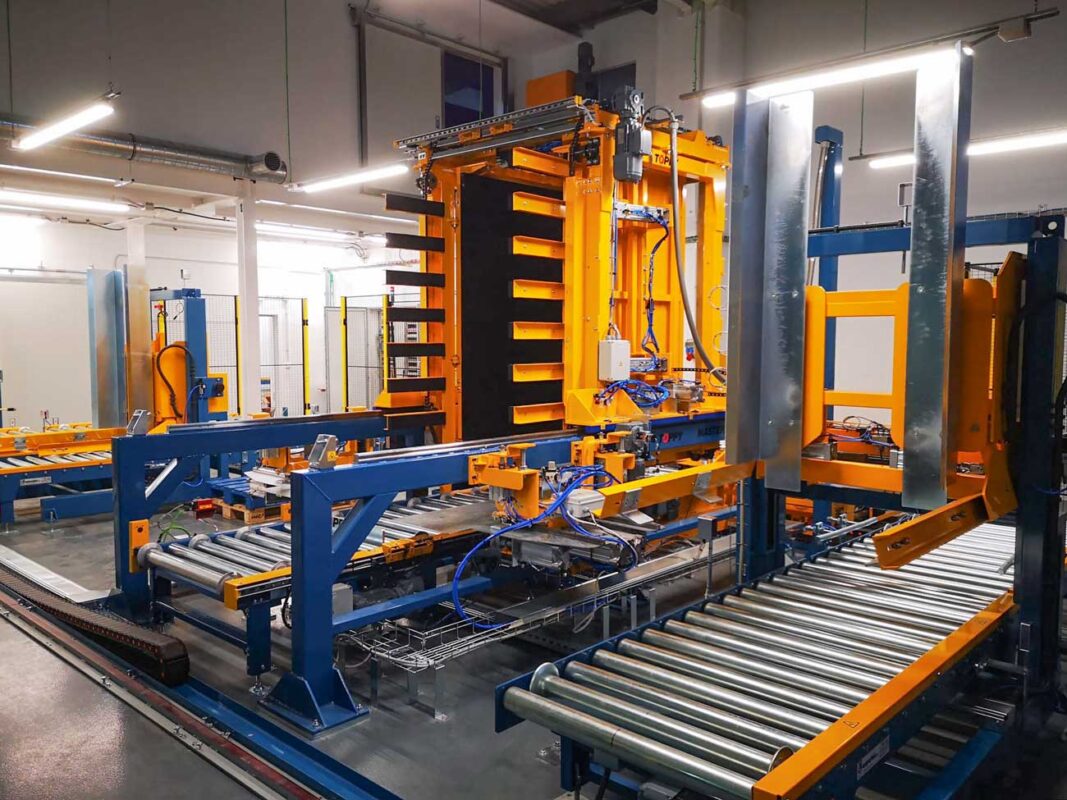Material flow control is a crucial responsibility for warehouse managers. In this article, we will provide expert advice on optimizing material flow to enhance efficiency.
In any manufacturing process, material flow control plays a vital role in ensuring efficient operations. It involves managing the systematic movement of materials within a defined system to support the manufacturing process.
Material flow control is the management of the movement of materials within a system or process.
Examples of material flow management include inventory control, production planning, logistics optimization, and supply chain coordination.
The material flow process refers to the systematic movement of materials through a series of steps or stages within a production or logistical system.
Material flow can be managed through various strategies such as implementing effective inventory management, optimizing production and transportation schedules, utilizing lean manufacturing principles, employing automation and technology, and establishing clear communication and coordination across the supply chain.
Efficient material flow control is vital for manufacturing companies, as it plays a crucial role in creating products from diverse materials. These products are ultimately sold to generate wealth for the company.
To meet various process requirements effectively, the shop floor employs reliable transport systems for efficient logistics management. Certain companies specialize in material flow systems, offering equipment such as pallet changers, elevators, all-sides centering stations, shuttle cars, and drum palletizers to facilitate seamless material flow.
- Pallet changers
- Elevators
- All-sides centering stations
- Shuttle cars
- Drum palletizers.


These companies can also assist in establishing a comprehensive material flow control system, enabling automated pallet changing through conveyor technology from a centralized source. This streamlines the process and enhances efficiency in material handling.
The pallet changer operating principle starts with the gripping of the pallet and the load. They will be clamped by using a top clamp and 2 moving sidewalls.
Subsequently, the loading table of the machine is released, allowing the pallet to descend to ground level. Once there, it is smoothly exchanged with a waiting pallet truck.
To handle the complexity of certain production processes, the system incorporates a controlled sequence managed by a Programmable Logic Controller (PLC). This ensures efficient operation. Additionally, a manual override feature is available for troubleshooting purposes, providing the flexibility to address any issues that may arise during the execution of each function.
What are the advantages of automatic pallet changing?
Any efficient material flow control system can always offer increased profits to the manufacturing business. Any consulting firm can analyze the material flow on the shop floor of a manufacturing company.
This can help in saving the capital investment cost as well as reduce the cost of storing, transporting, and also handling various materials.
In addition to that, there can also be a reduction in energy usage. Energy waste can be minimized and so is the required floor space. Finally, manufacturing can reduce the overall production time substantially and can allow more efficient resource allocation and work hours.
If you try to look at it on a long-term basis, then any smooth flow of material can always enable sustainable production. It can help in compliance with any future requirements and can offer enough transparency.
Also, it can help in reducing the carbon footprint of the company and also very efficient utilization of various raw materials.


What is a material flow control ?
Material flow control is under the responsability of warehouse managers. Engineering an optimal flow will enable manufacturers in waste reduction and can increase production capabilities as per the 3 connected principles:
-
Planning
The engineered material flow needs a certain specific and intentional outline of the material movement, including accurate data on various components and materials and also identification of each step of the production process.
-
Communication in material flow control
The seamless operation will need communication and signals. Signals may be in many forms, which include arrows on the floor, barcodes, overhead lighting, colored boxes, and numbered signs.
-
Tools
Your tool choice will depend on the manufacturing environment. Processes must be examined first and then the equipment should be selected to suit the needs.
Streamline your material flow control for optimal efficiency
Achieving an optimized material flow in a manufacturing environment can be a daunting task. However, by following these four stages of optimization, you can simplify the transformation process:
-
Data collection: Many departments in companies often work in silos, resulting in scattered and potentially conflicting data. Centralize data access and collection to eliminate confusion and errors.
-
Automate process monitoring: Implement automated programs that can detect deviations in processes, ensuring uninterrupted material flow throughout your operations.
-
Visualize real-time data: Leverage technology to provide operators and managers with relevant and timely views of material flow. This empowers them to efficiently carry out their tasks.
-
Predict and take action: Employ machine learning and predictive analytics to identify potential glitches and anticipate issues such as bottlenecks or overflows. This allows employees to take corrective action proactively.
By optimizing your material flow control through these stages, you can enhance efficiency, minimize errors, and improve overall productivity in your manufacturing operations.

Manual pallet handling can always be a very labor-intensive operation where repetitive movements are involved as a result, there are higher risks of injuries.
Innovative design solutions combined with advanced technologies offer comprehensive material flow control solutions, integrating creativity at the foundational level. These cutting-edge approaches ensure efficient management and optimization of material flow processes.
